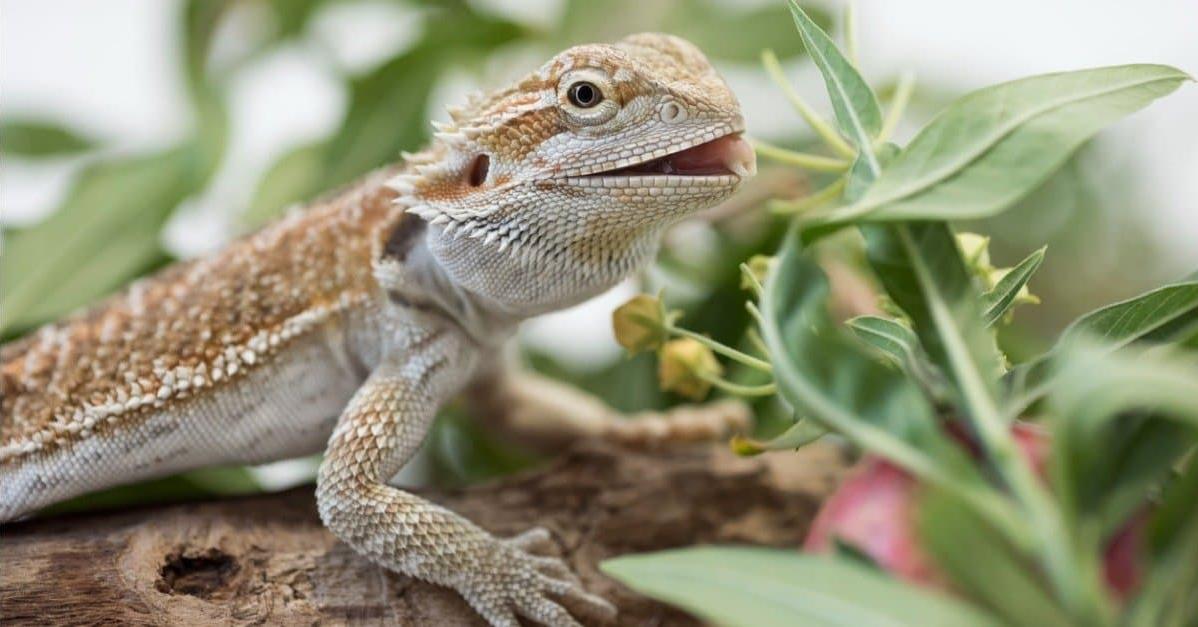In the enchanting realm of reptile companionship, none stand as majestic and captivating as the bearded dragon. With its distinct appearance and amiable demeanor, these creatures have found their way into the hearts of countless pet enthusiasts. As responsible caregivers, it’s our privilege to provide them with a diet that mirrors the diversity of their natural habitat. In this comprehensive guide, we delve into the intricacies of the bearded dragon food needs, presenting a detailed roadmap for their nutrition, growth, and overall well-being.
Understanding the Bearded Dragon’s Palate
Bearded dragons, scientifically known as Pogona vitticeps, hail from the arid woodlands and deserts of Australia. Their diet in the wild consists of an array of insects, vegetation, and the occasional small vertebrate. To recreate this dietary balance in captivity, we must take a page from nature’s playbook.
Insect Delicacies: A Protein-Rich Feast
Insects form the cornerstone of a bearded dragon’s diet, providing essential proteins, fats, and nutrients. Crickets, dubia roaches, mealworms, and phoenix worms are fantastic options. When selecting insects, it’s crucial to ensure they are appropriately sized – no larger than the space between the dragon’s eyes – to prevent choking hazards.
Greens and Veggies: A Colorful Array of Goodness
Just as in the wild, a captive bearded dragon’s diet should include a variety of leafy greens and vegetables. Dark, leafy greens like collard greens, kale, and mustard greens are excellent staples. Additionally, introduce colorful vegetables like bell peppers, squash, and carrots for a mix of vitamins and minerals. Tip: Avoid feeding spinach and iceberg lettuce, as they have low nutritional value and can lead to health issues.
Tailoring the Diet: Juveniles vs. Adults
A bearded dragon’s dietary needs evolve as they grow. Juveniles require a diet with a higher protein-to-vegetable ratio to support rapid growth. As they mature, the emphasis gradually shifts towards more vegetation to maintain a balanced diet.
Juvenile Nutrition: Building a Strong Foundation
For young bearded dragons, aim for a diet consisting of approximately 80% insects and 20% greens. This higher protein intake fuels their growth and development, ensuring they achieve a healthy size and skeletal structure.
Adult Maintenance: Embracing the Greenery
As bearded dragons transition into adulthood, the diet shifts towards a 60-70% plant-based approach, with 30-40% of their diet composed of insects. This transition reduces the risk of obesity while promoting longevity and overall health.
The Importance of Gut Loading and Supplementation
To ensure your bearded dragon’s nutrition remains optimal, we must delve into the practice of gut loading and supplementation. Gut loading involves feeding insects a nutrient-rich diet before offering them to your dragon. This indirect nutrition transfer enhances the quality of the insects’ nutrient profile. Additionally, dusting insects and greens with calcium and vitamin D3 supplements ensures your dragon receives the necessary vitamins and minerals for bone health.
Hydration: A Vital Component
In their native habitat, bearded dragons derive hydration from dew and the moisture content of their food. In captivity, we must emulate this by providing a shallow dish of clean, chlorine-free water. While bearded dragons predominantly hydrate through their food, having access to water is crucial, especially during shedding periods.
The Road Less Traveled: Treating Your Dragon
As a delightful addition to their diet, you can occasionally offer your bearded dragon fruits such as berries, mango, and melon. However, moderation is key, as fruits can be high in natural sugars.
Observing Behavioral Cues and Health Indicators
A bearded dragon’s health can often be gauged through their eating habits and physical appearance. Regularly monitor their weight, energy levels, and the consistency of their droppings. Any sudden changes could be indicative of an underlying health issue, warranting a consultation with a reptile veterinarian.
Conclusion
Nurturing a bearded dragon is a rewarding journey, one that hinges on the foundation of a well-rounded, nutritious diet. By catering to their evolutionary dietary inclinations and tailoring their nutrition to their life stage, we empower these captivating creatures to thrive in captivity. Remember, while this guide is comprehensive, it’s essential to keep an open dialogue with experienced reptile keepers and veterinarians to ensure your dragon’s diet evolves as their needs do.
